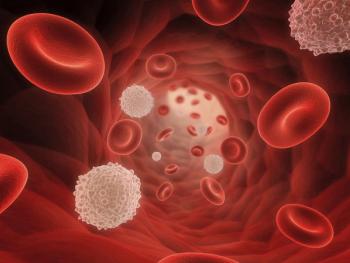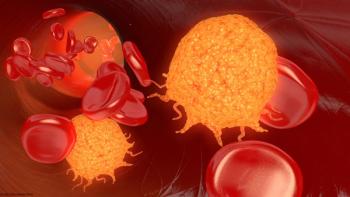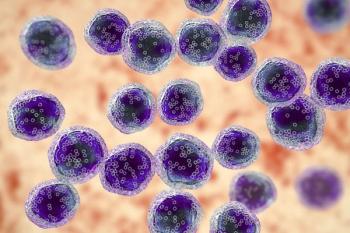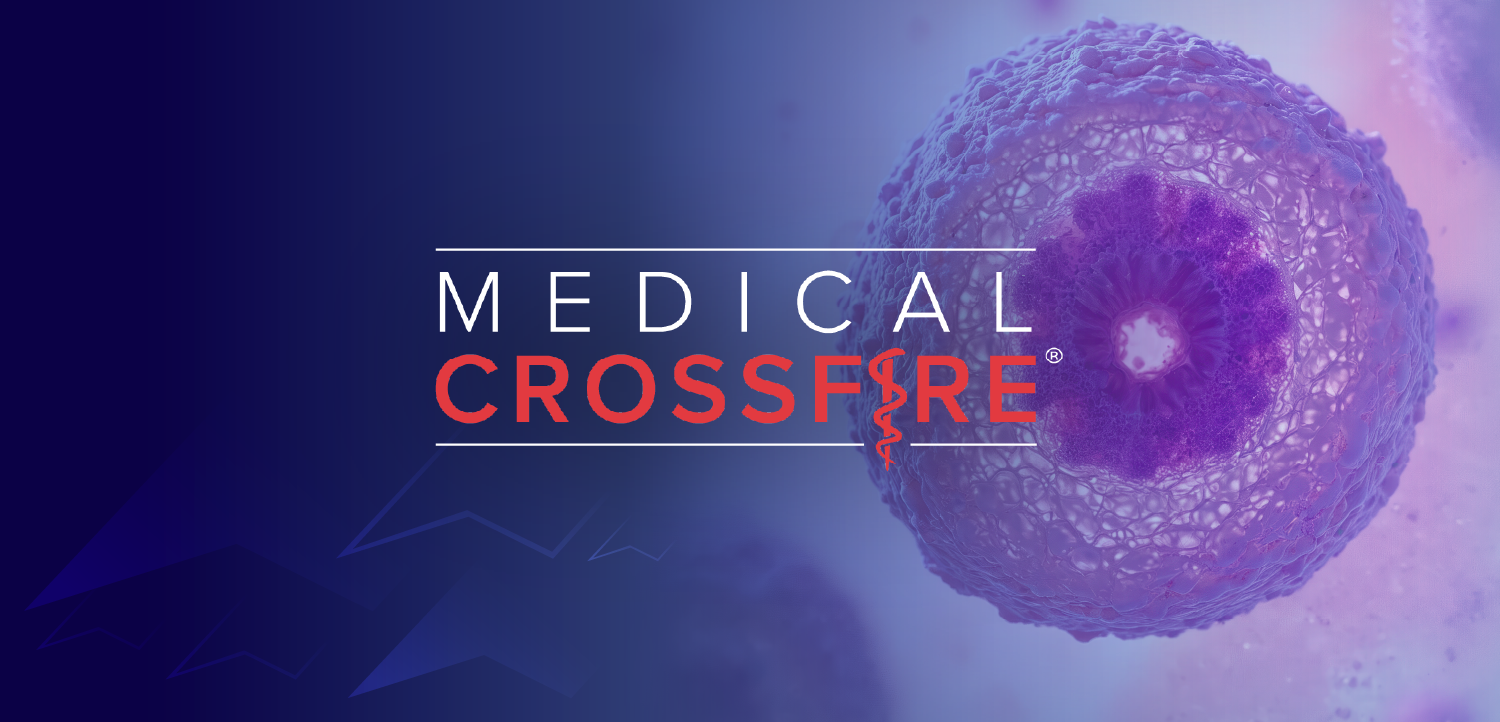
High-Dose RT Improved Survival in Aggressive Lymphoma
The use of radiotherapy may have an important role in optimizing first-line treatment for patients with early-stage extranodal natural killer/T-cell lymphoma.
The use of radiotherapy may have an important role in optimizing first-line treatment for patients with early-stage extranodal natural killer/T-cell lymphoma (NKTCL), according to the results of a study
In the study, risk for locoregional recurrence, disease progression, and mortality all decreased sharply until a radiotherapy dose of 50 to 52 Gy.
“Radiotherapy dose was an important prognostic factor for locoregional control, progression-free survival, and overall survival in univariate and multivariate analyses,” wrote Yong Yang, MD, of the National Cancer Center, Beijing, China, and colleagues. “Improved locoregional control due to high-dose radiotherapy (≥ 50 Gy) was independent of treatment or initial response to chemotherapy.
“Ultimately, we observed a significant association between improved locoregional control and survival benefits in early-stage NKTCL, which was externally validated by analyzing published data,” they wrote. “These findings provide a strong argument for the frontline use of optimal radiotherapy to expedite the development of breakthrough therapies.”
The study included 1,332 patients with early-stage NKTCL from 10 institutions in China from 2000–2014. The researchers investigated any dose-dependent effect and potential survival benefits of radiotherapy looking at improvements in locoregional control. The median age of patients was 43 and the median radiotherapy dose was 50 Gy, with 86% of patients receiving at least that dose.
For patients receiving radiotherapy, treatment at a high dose of 50 Gy or greater was associated with significantly improved locoregional control compared with a dose of less than 50 Gy (85% vs 73%; P < .001). Additionally, a high dose was associated with significantly better progression-free survival (61% vs 50%; P = .004) and overall survival (70% vs 58%; P = .04) compared with low-dose radiotherapy.
“Given the difficulty of defining radiotherapy dose in clinical practice, our finding supports the notion that 50 Gy should be the prescribed dose for early-stage NKTCL, with a boost of 5 to 10 Gy for residual disease (range, 50–60 Gy),” the researchers wrote.
Patients treated with chemotherapy alone had significantly worse 5-year locoregional control (41% vs 83%; P < .001), progression-free survival (18% vs 59%; P< .001), and overall survival (33% vs 68%; P < .001) compared with radiotherapy either with or without chemotherapy added. The researchers found that this improved locoregional control was independent of the radiotherapy/chemotherapy sequence or a patient’s initial response to chemotherapy. According to the researchers, “this raises the possibility that chemotherapy improves survival by acting on distant micrometastatic disease more so than via local effects.”
Additionally, the radiotherapy had a dose-dependent effect on locoregional control (range, 41% to 87%), progression-free survival (18% to 63%), and overall survival (33% to 71%).
“Clinicians and patients should be aware of the essential role of radiotherapy in both locoregional disease control and maintaining long-term survival,” the researchers wrote. “These findings will help to define the standard of care and assist decision-making and prospective clinical trial design.”
Newsletter
Stay up to date on recent advances in the multidisciplinary approach to cancer.






















































































